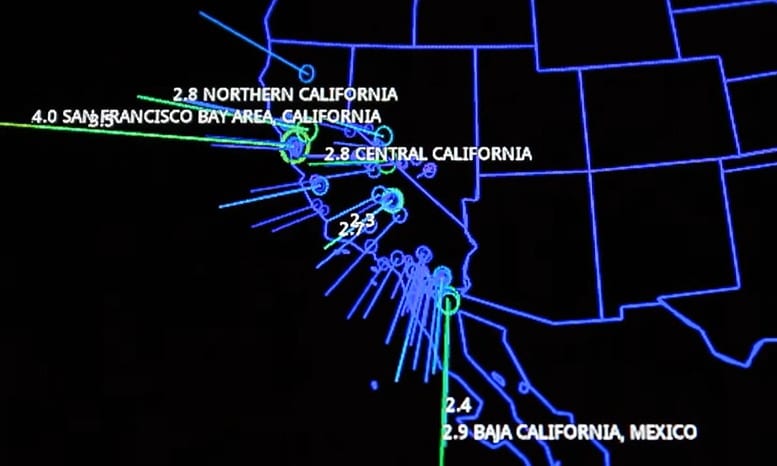
Present-day seismicity in the Eastern Alps is moderate, at shallow depths (5–10 km) and concentrated in specific regions e.g. Moreover, excessive uplift rates-beyond what is expected from postglacial isostatic rebound-indicate neotectonic activity especially in the Eastern Alps ( Mey et al., 2016). The European Alps are a slowly but actively deforming orogen with an overall convergence rate of 1–2 mm/year between the counter-clockwise rotating Adriatic plate and a stable European plate ( Métois et al., 2015). Furthermore, we discuss natural and methodological influencing factors and potential pitfalls for the elaboration of a subaqueous paleoseismic record based on surface ruptures and multiple, coeval MTDs. Additional eight stratigraphic levels with only off-fault paleoseismic evidence document severe seismic shaking related to the historical M W ∼5.7 earthquake in Hall (CE 1670) and seven Holocene earthquakes, which have exceeded a local seismic intensity of ∼VI (EMS-98) at Achensee.

Co-occurrence of on-fault and off-fault paleoseismic evidence on three stratigraphic levels indicates seismic activity with inferred moment magnitudes M W ∼6–6.5 of the local, lake-crossing Sulzgraben-Eben thrust at ∼8.3 ka BP and twice in Late Glacial times. Here we present one of the rare paleoseismic data sets showing both on-fault evidence as subaqueous surface ruptures and off-fault evidence as multiple coeval mass-transport deposits (MTDs) and megaturbidites within a single high-resolution seismic-stratigraphic framework of the inner-alpine lake Achensee. Moreover, high erosion rates, gravitational slope processes and penetrative anthropogenic landscape modification often obscure geomorphic features related to surface ruptures. However, primary geological observations of postglacial fault activity are scarcely found, because major faults are buried below thick sedimentary sequences in glacially overdeepened valleys. Therefore, historical and instrumental earthquake records might be insufficient for seismic hazard assessment and high-quality paleoseismic data is required. Recurrence rates of severe earthquakes exceed the time span of historical documentation. The Eastern European Alps are characterized by slow active deformation with low- to moderate seismicity. 4Laboratory of Ion Beam Physics, ETH Zürich, Zürich, Switzerland.3Department of Geology, Ghent University, Ghent, Belgium.2Institute of Geological Sciences and Oeschger Centre for Climate Change Research, University of Bern, Bern, Switzerland.1Department of Geology, University of Innsbruck, Innsbruck, Austria.Fabbri 2, Marc De Batist 3, Irka Hajdas 4, Hugo Ortner 1, Sebastian Titzler 1 and Michael Strasser 1

Patrick Oswald 1*, Jasper Moernaut 1, Stefano C.


 0 kommentar(er)
0 kommentar(er)
